Care Across the Lifespan
Supporting healthy mothers and children
The health and wellbeing outcomes of mothers and children benefit from extra support during pregnancy and in the first few years after birth (Hughes et al. 2017).
Opportunities
The community needs identified around fertility and birth, infant and child mortality, and child health and development in indicate that many mothers and children in our region are at risk of poor health and wellbeing outcomes.
These needs can be addressed in an integrated way, including improving earlier access to resources across maternal and child health services, to better support the health of mothers and their children.
Potential focus areas include:
- prenatal and antenatal services, including holistic support services to improve the health and wellbeing of expectant mothers, especially in rural areas
- paediatric services, especially in rural areas
- school-based youth health nurses and paediatric nurses to provide early-intervention care to prevent social and wellbeing issues, especially in rural areas
- paediatric training in the workforce to improve skills and capabilities, particularly for nurses
- culturally safe health approaches and practice frameworks for service providers working with Aboriginal and Torres Strait Islander children
Collaborative partners
- Hospital and Health Services
- Local Governments
- Peak bodies and service partners
- Accreditation and training agencies
- Regional Child, Youth and Family Committee
The outcomes will be seen in:
- improved perinatal health outcomes
- a higher proportion of children who are on track with their development
Our progress
Many of the measures of maternal, infant and child health in the region have not changed significantly since the last HNA. Actions to improve the health and wellbeing outcomes for mothers and children therefore remain a high priority.
Breaking down the insights
Related priorities
- Improving the health of vulnerable groups
- Improving the health of Aboriginal and Torres Strait Islander peoples
- Promoting health and preventing disease
- Increasing access and coordination of care
Updated: February 2025
Fertility and birth
Healthy fertility rates ensure that our communities can welcome the next generation and continue to provide resources to meet their needs.
Our area of focus
Our region has a relatively high fertility rate and historically has had a relatively high teenage pregnancy rate (figures include mothers up to and including 19 years old as teen mothers) in comparison to other regions within Australia. However, there is a gap in recent data in relation to this measure.
Evidence
- Every year, over 8,000 babies are born in the region (Queensland Health 2023).
- Data from 2023 on a regional scale, showed that women averaged around 2.1 births each, compared with 1.7 for Queensland and 1.5 for Australia (PHIDU 2025).
- While recent data shows that the rates of women aged 19 years or younger giving birth across Australia has more than halved since 2009 up to 2022 (AIHW 2022), in our region there has been an increase in the rate of births to teenage mothers compared to births to women of all ages, rising from 3.5% of the total in 2022, to 4.4% of the total in 2024 (Qld Health 2025). However more data is needed to enable insights to be given in relation to these figures.
- Concerns about teenage mothers, especially those with socio-economic, emotional and behavioural
needs during pregnancy, childbirth and postnatal care, were raised in our consumer engagements
(Health Consumer Queensland 2022).
Infant and child mortality
Infant and child mortality rates and causes are key measures of community health. The risk of infant and child mortality is linked to the health of the mother, highlighting the importance of regular antenatal visits. Conditions that increase risk include diabetes and hypertension, smoking during pregnancy, obesity, pre-eclampsia, low birth-weight of babies and antepartum haemorrhage.
Our area of focus
Our region has higher than average infant and child mortality rates.
Evidence
- The rate of infant mortality in the region remains high: it was 4.4 per 1,000 live births in 2018-2022 (which was a slight lowering from the 4.6 rate in 2017–21, and having decreased from 5.5 recorded in 2013–17). For Queensland, the rate was 3.9 in the same period (PHIDU 2025).
- Deaths among young people in the region aged 15–24 years were considerably lower at 36.9 for 2018-2022, than the 49.9 per 100,000 young people that was reported in the 2017-2021 (PHIDU 2025). Although this rate is still higher than the national (26.8) and Queensland (31.6) data for the same time period.
- Risk factors associated with infant mortality in the region include prematurity, low birth weight, maternal smoking, high maternal body mass index, socio-economic disadvantage, remoteness, and attending fewer than the recommended number of antenatal visits (Queensland Health 2015).
- Recent data indicates that 91% of women did not smoke during the first 20 weeks of pregnancy, which is an improvement from 87.1% in 2011 (AIHW 2022). It is noted that research indicates babies born to Australian women who smoke during pregnancy are twice as likely to be of low birthweight as a result (Greenhalgh et al. 2021).
- Residents told us there is an ongoing
need for community-based perinatal, home-based care and family-centred interventions that improve the health outcomes of newborns and mothers
(Health Consumer Queensland 2022). They also mentioned a desire for
more education, information, and assistance to navigate the healthcare system, including reminders and follow-up appointments
(First Peoples Health Consulting 2024).
Child health and development
A child’s health and wellbeing is affected by factors that start before they are born and continue as they grow. The social determinants of health – such as poverty, poor nutrition, environmental influences and family conflict – can all affect physical and mental development (Marmot 2005).
Children from low-income families are often at greater risk of problems such as poor academic achievement, developmental delays and behavioural problems, and in terms of their health will more likely show high rates of obesity and respiratory disease (Hughes et al. 2017, AIHW 2021e).
The Australian Early Development Census (AEDC) assesses childhood development by collecting data on five domains (physical health and wellbeing, social competence, emotional maturity, language and cognitive skills, communication skills and general knowledge). Children who score in the lowest 10% of the census population are classified as developmentally vulnerable.
Our area of focus
Our region has a high proportion of low-income families, who may be at risk of poor health and development outcomes. We also have a high proportion of children who are identified as developmentally vulnerable.
Evidence
- When assessing physical health and wellbeing, 74% of children in our region are developmentally on track. The rate for all of Queensland was 76.5%, and for Australia as a whole was 78.5% (PHIDU 2025).
- Across the five assessed domains, 49.2% children were on track compared with 51.4% for Queensland and 54.8% for Australia as a whole (PHIDU 2025).
- By the age of 5, 97% of all children in the region, and 98% of Aboriginal and Torres Strait Islander children in the region, were fully immunised in June 2022. This rate was slightly above the Queensland average of 94% for all children (Department of Health and Aged Care 2022b).
- Children in our region are slightly more physically active than in other regions, with 48% active every day, compared with 47% across Queensland (PHIDU 2025).
- In our region 12% of children are obese, compared with 9% across Queensland (PHIDU 2025).
- Residents told us that they want to see continued support, such as
home visits for high-risk parents and newborns
(Health Consumer Queensland 2022). They also would like to see
continuity of care through pregnancy and early childhood, as well as culturally safe care
(First Peoples Health Consulting 2024).



